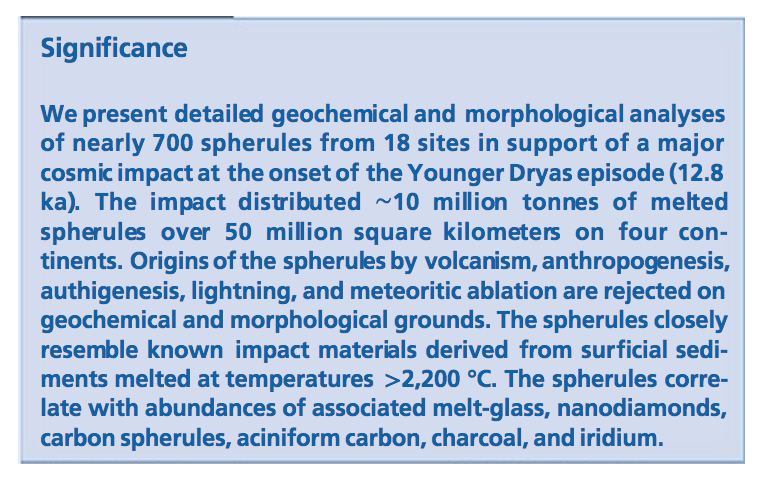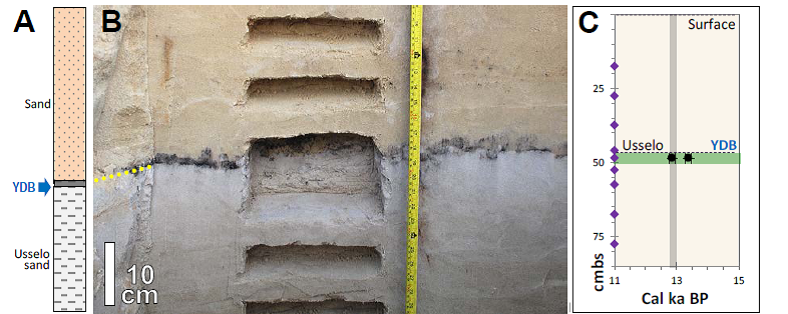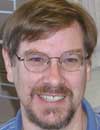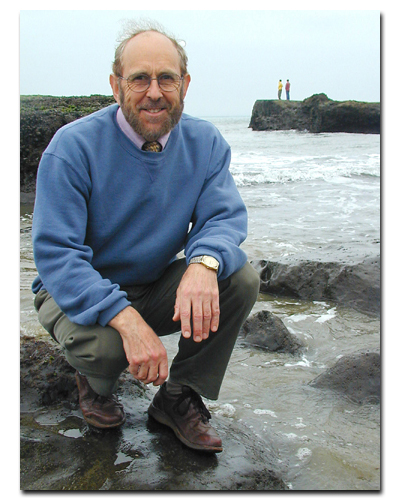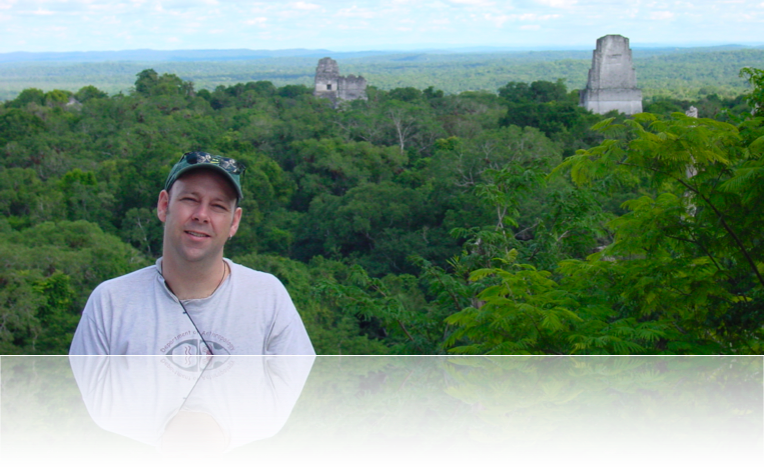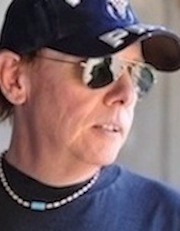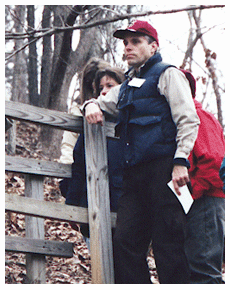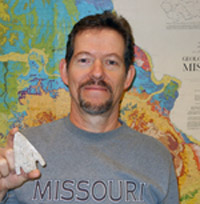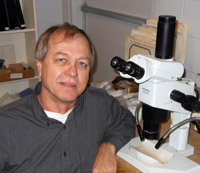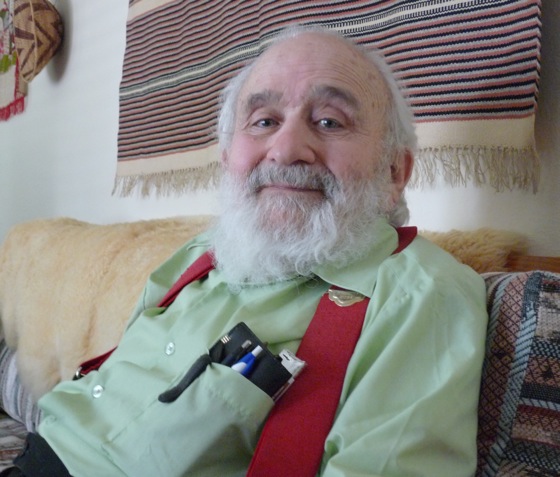Where Lies the Younger Dryas Boundary Smoking Gun?
Nice sum up from a creationist blog
Program Note: BosloughLeCompte colloquy reposted and readable
Airbursts/impacts by a fragmented comet or asteroid have been proposed at the Younger Dryas onset (12.80 ± 0.15 ka) based on identification of an assemblage of impact-related proxies, including microspherules, nanodiamonds, and iridium. Distributed across four continents at the Younger Dryas boundary (YDB), spherule peaks have been independently confirmed in eight studies, but unconfirmed in two others, resulting in continued dispute about their occurrence, distribution, and origin. To further address this dispute and better identify YDB spherules, we present results from one of the largest spherule investigations ever undertaken regarding spherule geochemistry, morphologies, origins, and processes of formation. We investigated 18 sites across North America, Europe, and the Middle East, performing nearly 700 analyses on spherules using energy dispersive X-ray spectroscopy for geochemical analyses and scanning electron microscopy for surface microstructural characterization. Twelve locations rank among the world’s premier end-Pleistocene archaeological sites, where the YDB marks a hiatus in human occupation or major changes in site use. Our results are consistent with melting of sediments to temperatures >2,200 °C by the thermal radiation and air shocks produced by passage of an extraterrestrial object through the atmosphere; they are inconsistent with volcanic, cosmic, anthropogenic, lightning, or authigenic sources. We also produced spherules from wood in the laboratory at >1,730 °C, indicating that impact related incineration of biomass may have contributed to spherule production. At 12.8 ka, an estimated 10 million tonnes of spherules were distributed across ∼50 million square kilometers, similar to well-known impact strewnfields and consistent with a major cosmic impact event…..
……..The geographical extent of the YD impact is limited by the range of sites available for study to date and is presumably much larger, because we have found consistent, supporting evidence over an increasingly wide area. The nature of the impactor remains unclear, although we suggest that the most likely hypothesis is that of multiple airbursts/impacts by a large comet or asteroid that fragmented in solar orbit, as is common for nearly all comets aucasinosonline.com. The YD impact at 12.8 ka is coincidental with major environmental events, including abrupt cooling at the YD onset, major extinction of some end-Pleistocene megafauna, disappearance of Clovis cultural traditions, widespread biomass burning, and often, the deposition of dark, carbon-rich sediments (black mat). It is reasonable to hypothesize a relationship between these events and the YDB impact, although much work remains to understand the causal mechanisms.
Wittke 2013 PNAS Clovis Comet Younger Dryas Impact Spherules Found on Four Continents
[wonderplugin_pdf src=”https://cosmictusk.com/wp-content/uploads/Evidence-for-deposition-of-10-million-tonnes-of-impact-spherules-across-four-continents-12800-y-ago.pdf” width=”100%” height=”1024px” style=”border:0;”]
James H. Wittke (Northern Arizona University)
James C. Weaver (Harvard University)
Ted E. Bunch (Northern Arizona University, NASA)
James P. Kennett (University of California, Santa Barbara, CA)
Douglas J. Kennett (The Pennsylvania State University)
Andrew MT Moore (Rochester Institute of Technology)

Gordon C Hillman (University College London)
Kenneth B. Tankersley (University of Cincinnati)
Albert C. Goodyear (University of South Carolina)
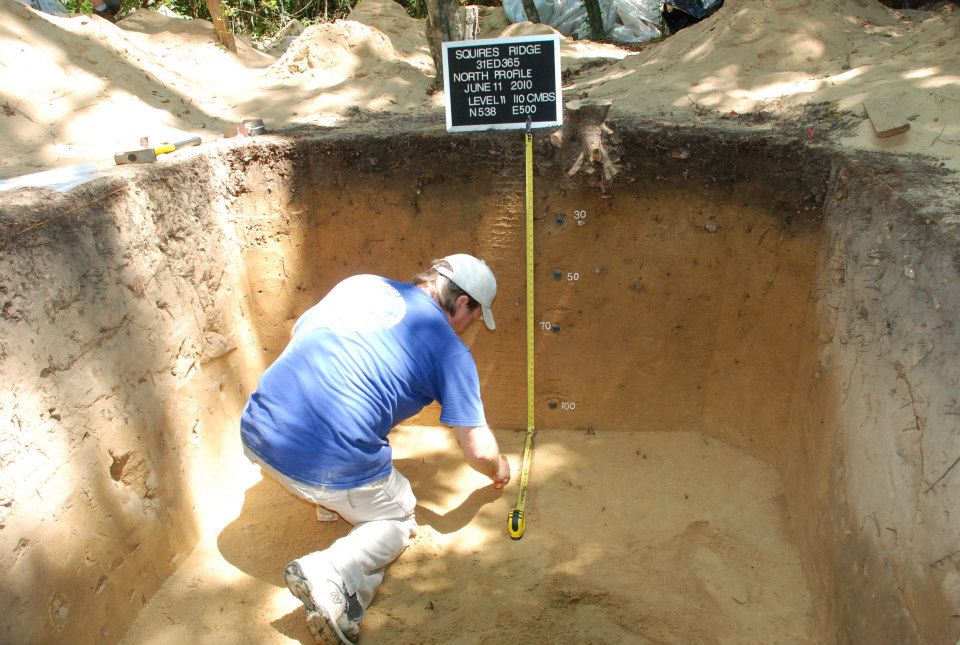
Christopher R. Moore (University of South Carolina)
I. Randolph Daniel, Jr. (East Carolina University)
Jack H. Ray (Missouri State University)
Neal H Lopinot (Missouri State University)
David Ferraro (Viejo California Associates)
Isabel Israde-Alcántara (Universidad Michoacana de San Nicólas de Hidalgo)
James L Bischoff (US Geological Survey)
Paul S. DeCarli (SRI International)
Robert E Hermes (Los Alamos National Laboratory (retired)
Johan B. Kloosterman (Amsterdam)
Zsolt Revay (Institute for Isotope and Surface Chemistry)
George A. Howard (Restoration Systems, Raleigh, NC)
David R. Kimbel (Kimstar Research)
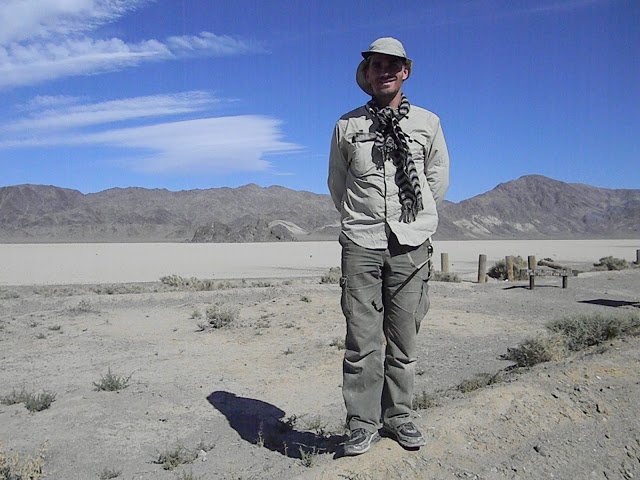
Gunther Kletetschka (Charles University)
Ladislav Nabelek (Institute of Geology, Czech Academy of Science of the Czech Republic)
Carl P. Lipo (California State University)
Sachiko Sakai (California State University)
Allen West (GeoScience Consulting)
Richard B. Firestone (Lawrence Berkeley National Laboratory)



